Description
This is the reproduction of a work from Amadeo Modigliani (1884-1920).
Evolving slightly later than painting, but following the same intellectual process, a renewal of sculptural language took place at the beginning of the century.
Liberating themselves from Rodin’s strongly marked personality, art students often tended to practice sculpture and painting at the same time, breaking from the realist style. This period was also marked by the return to primitive an archaic arts as well as by the discovery of African art, of which the incredible synthetism prompted Maillol to state that African sculptors have reduced twenty forms into one.
At the same time, Brancusi worked alone, keeping himself resolutely away from realist and cubist artists, and demonstrating his demands through the regularity of his modelling and surface treatment, and by the “finish” of his works. In the wake of Brancusi, a young Italian artist arrived in Paris in 1906 who practiced the “direct cut” : Modigliani. Around 1909, Brancusi gave him advice, encouraging him with this technique, in which he saw “the true way for sculpture”.
And so one may recognize in this Head of a Woman through the substance of the stone and the hard expression, as well as through the elongated forms and the geometry in the features, that the sources of archaic inspiration or of Baoule art are easily recognizable, giving this work its composite character.
The following year, Modigliani gave up sculpture, a hard and costing enterprise, in order to devote himself until the end of his life to painting, which in fact owed so much to his sculpture.

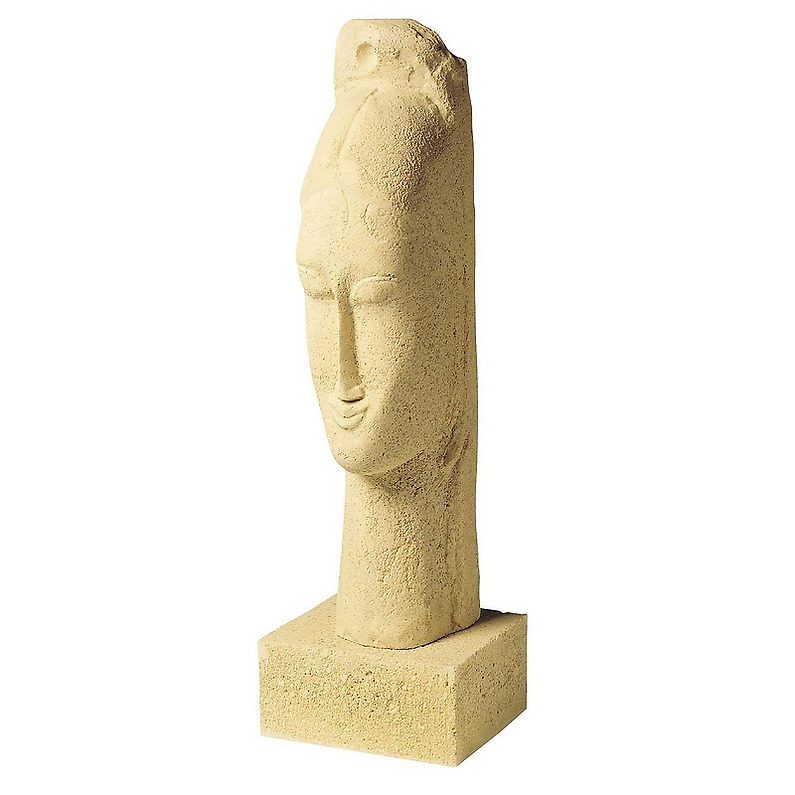
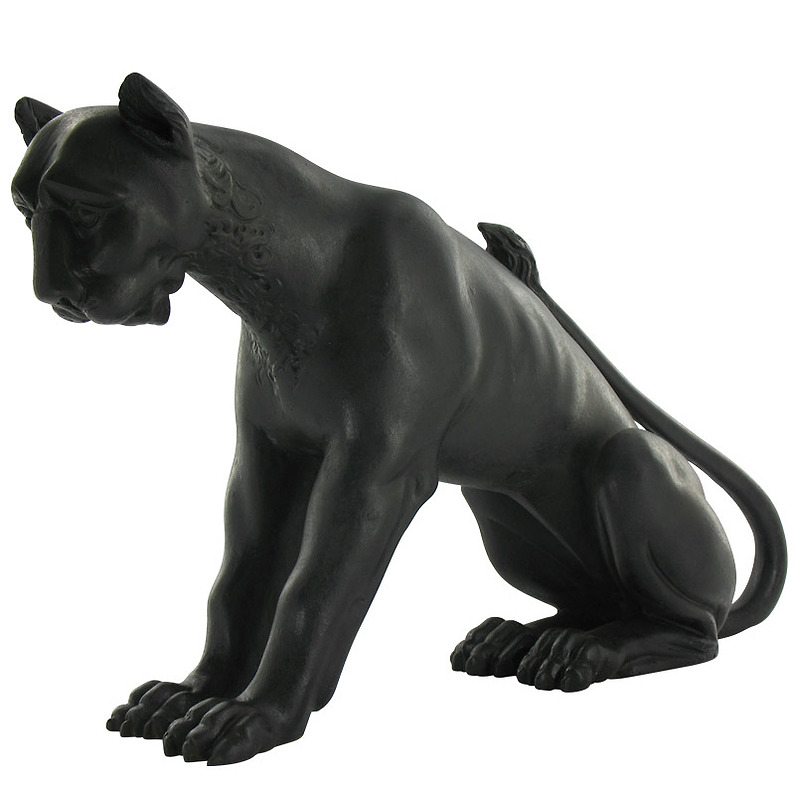
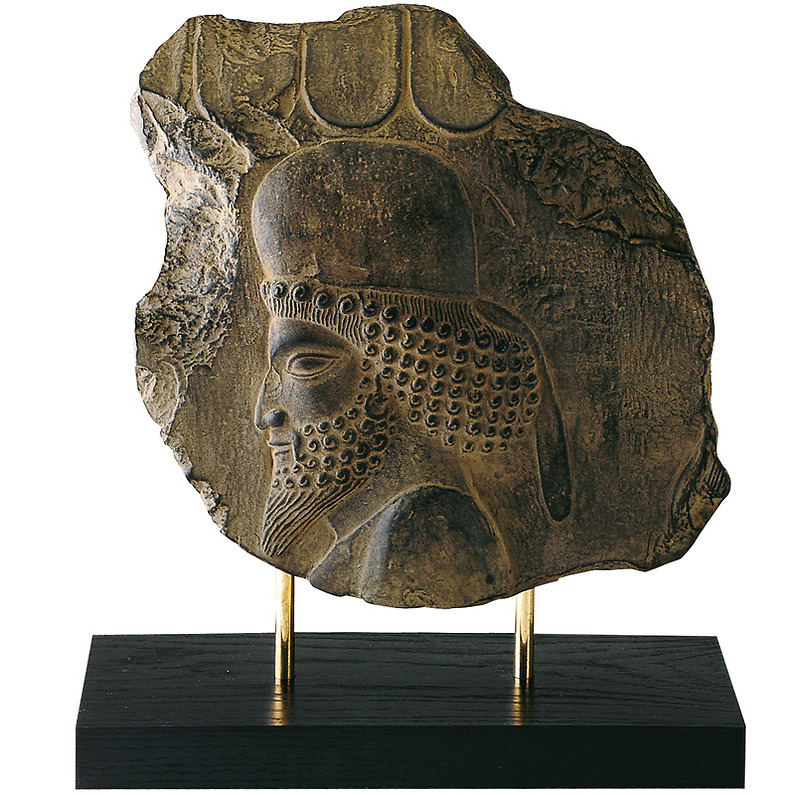
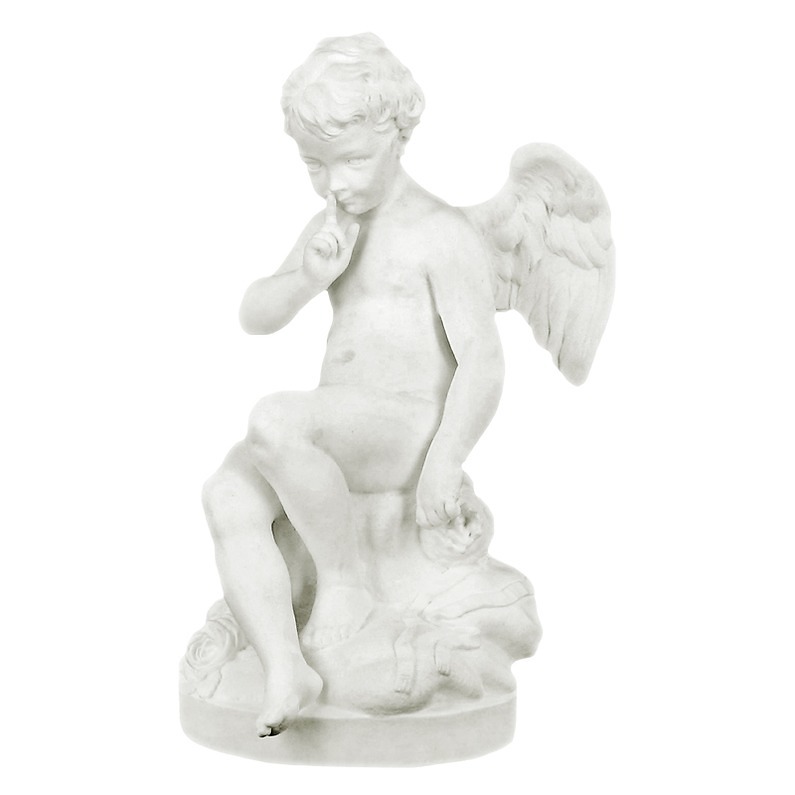
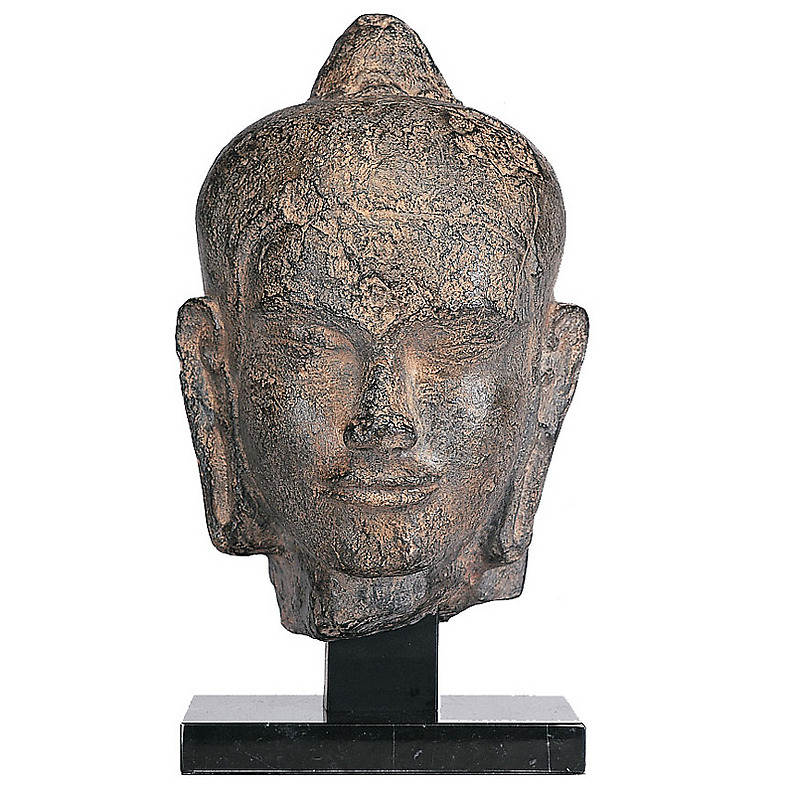
Reviews
There are no reviews yet.